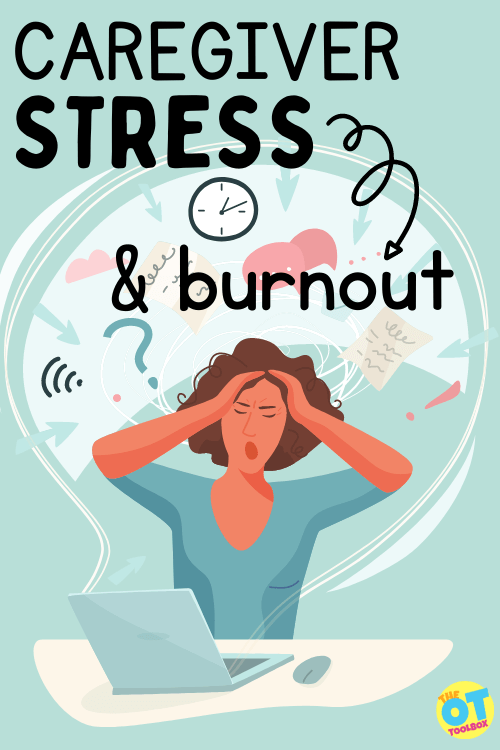Today, we have a fun blog post for you, especially if you are looking to plan a family fun day! A fun day with the family is the perfect opportunity for spending quality time with your loved ones, away from the stresses of daily life. It’s a time to create memories and bond with one another while participating in activities that everyone can enjoy. Whether you’re looking for family night ideas, outdoor adventures or indoor entertainment, there are plenty of fun and exciting activities that families can engage in. In this blog post, we’ll explore some family fun day ideas and activities that are sure to bring a smile to everyone’s face. So, let’s get started!

Family Fun Day
Ever feel board of the usual day to day monotony? Sound familiar? Many families are over scheduled, shuttling their kids from school or daycare to baseball, scouts, soccer, friend’s houses, and appointments. Sometimes all in one day!
Children learn by watching but also by engaging and doing. They learn by example.
In addition to providing an opportunity for family bonding, research has shown that engaging in fun and stimulating activities with loved ones can have positive impacts on social-emotional development and overall wellbeing, making family fun day a valuable investment in the health and happiness of your family.
Pledge this year to spend less time on electronics. and more time making memories and doing fun family activities. You just might have some fun in the process!
If you have seen the movie, Yes Day, you understand the need for family activities. Spoiler alert: I am not sure if I could go through the carwash with the windows down, but I am definitely down for an ice cream challenge and amusement park. The premise of the movie is, the parents have fallen into a routine of saying no, and are going through the motions of their life, without enjoying any of it.
Why have a family fun day?
Development happens at home and there is opportunity for connection and family collaboration during the day to day activities. However, sometimes all of the stressors of daily life mean that we forget to have fun.
When we take time to focus on fun, whether it’s for an afternoon or an evening activity, or a full day of connection, we have the opportunity to build stronger relationships within the family.
One study showed that families who engage in more frequent leisure activities together reported higher levels of family functioning, including better communication and problem-solving skills.
There are so many beneficial reasons to experience a family day every once in a while:
- Connection and making memories
- Building leadership experiences
- Problem solving as a family or in a group
- Planning an activity
- Executive functioning skills to complete tasks
- Building stronger relationships
- Trying new things
- Conflict resolution
- Self-confidence
- Social emotional development
“The greatest gifts you can give your children are the roots of responsibility and the wings of independence” -Denis Waitley
Setting aside time for family time allows for meaningful interactions. The whole family can work together on a project, create something, do a service project together, or just have fun together doing something different than the usual routine.
Excuses to not have a family fun day
Before I offer up suggestions, hit me with all of your excuses for not doing family activities first:
- We are too busy
Anyone can carve out ten minutes for a family game of cards, a race around the house, a walk with the dog, or a game of Simon Says.
- We have no money
Most likely this is not true. Your money and funds need to be allocated to include family time. Family fun day and activities do not need to cost ANY money. A board game, obstacle course, game of charades, game of tag, walk along the beach cost nothing.
- Our kids hate X, Y, Z
Your kids have to learn the value of family time. It is going to be hard to please everyone at the same time, so start a rotation list of who gets to pick the activity. Chances are, once they get started they will enjoy spending time together. Save the lectures and griping during family time. Savor some purely fun moments together.
- We don’t know what to do
Start with what you know. If your kids play sports, throw the ball out in the yard. If you have pets, incorporate them in a fun activity. Google local events in your area for ideas of low cost or free activities near you. There is usually a festival, park, activity, or event coming up. Make a list as a family of all the things you already do, and the things you would like to try.
- We don’t know where to start
Start by making a little time. Getting started is the hardest part. Moving out of your routine and comfort zone takes a lot of effort. You can do it! Or start at your favorite place for resources; the OT Toolbox! It is packed with gross motor fun and games.
Now that we’ve worked through the reasons to have a family fun day…let’s get to the actual fun!
Family Fun Day Activities
Here are some family activities whether you are looking for a family fun day or just a ten minute game. Many of these family activities are free and low cost. They are perfect for a family get together or just a weekend of family fun.
- Family Olympics is a favorite: pull out the corn hole, croquet, golf clubs, balls, or whatever outdoor games you have and start the competition
- Day at the beach- we live near the beach so this is a simple one. You may have to tweak this to meet the needs of everyone in the family, so be prepared.
- Go on a sensory nature walk with the family– Explore a local park or hike.
- Arts and crafts – go to a pottery painting place, family painting night, make slime together, paint a mural on a wall, create with chalk, finger paint. The possibilities are endless and you do not have to have talent to spend time together
- Try some of these outdoor sensory diet activities.
- Game night marathon – Dig out all of the board games and start playing! Candy Land marathon if you have littles, and the sky’s the limit for older children.
- Learn something new – learn a new language together. How about sign language?
- Cook together – Making pretzels, cookies, pizza, or homemade ice cream are always fun. These cooking with kids recipes will get you started.
- Head outside for these backyard lawn games.
- Make a fort – Get out the blankets, pillows, rope, or whatever it takes to make an awesome living room fort. Break out the books and snacks!
- Tent camp – throw up a tent in the backyard for a night with smores, card games, and telling stories.
- Local tourist spots – check out the local tourist spots in your area. An aquarium, museum, carriage ride, walking tour, factory tour, river boat cruise are a fun way to spend a day together
- Play a few of these tag games.
- Geocaching – This is the world’s largest treasure hunt! If you have never tried this, you are in for a treat
- Jigsaw puzzle – Dust off that puzzle and lay it out on the dining room table
- Volunteer – There are a lot of local opportunities to spend a day helping others through various service ideas.
- Day trip – Pack a lunch and get out there. My parents used to take us for a Sunday Drive, and while I hated being trapped in the car, we did spend the day together singing, playing Ispy, and having a picnic lunch.
- Day out – cast your net a little wider. How far is the next city? How about a state park or lake?
- Make a sensory dough recipe and cook up some homemade play dough, slime, oobleck, or moon dough!
- Make a scavenger hunt for the family to follow
- Run – Do a 5k or marathon together. There are fun themes like the Hot Chocolate 5k, The Cupcake Run, and the Santa Race.
- Car wash – Washing the cars can turn into a fun activity on a hot day with a hose and sprinkler. An added bonus of an ice cream trip at the end is always a hit.
- Bike ride – get out there in your neighborhood, on the greenway, or go to a park.
- Play Simon Says.
- Movie Night – While movie night is super fun once in a while, it is not really a family activity. You can make it more interactive by lying on a big blanket together on the floor, talking about the movie, making and eating a fun snack, taking short breaks for activity during the movie, or watching an interactive sing along movie. We love the drive-in movie theater. We fill the back of the car with blankets and open up the back door to pile in and watch together. This often includes snacks, pizza, a frisbee or football, and a whole lot of fun.
- The OT Toolbox has a plethora of gross motor games to check out.
Tips for Family Time
Family fun time does not need to be extravagant. This list of family activities could be endless. However, just select one thing from the list and go with that.
Make family activities a habit. Plan on one night or one afternoon and plan to have fun together.
Put them on the calendar and make a commitment. You might have to start with one a month, or one a quarter, but start somewhere.
Our next adventures (with and without our grown kids) include SeaWorld, pottery creating, a night at the theater, a visit to the boat show, a mystery dinner activity, date night fun boxes, and a spring camping trip. Our calendar is booked! How about yours?

Victoria Wood, OTR/L is a contributor to The OT Toolbox and has been providing Occupational Therapy treatment in pediatrics for more than 25 years. She has practiced in hospital settings (inpatient, outpatient, NICU, PICU), school systems, and outpatient clinics in several states. She has treated hundreds of children with various sensory processing dysfunction in the areas of behavior, gross/fine motor skills, social skills and self-care. Ms. Wood has also been a featured speaker at seminars, webinars, and school staff development training. She is the author of Seeing your Home and Community with Sensory Eyes.



